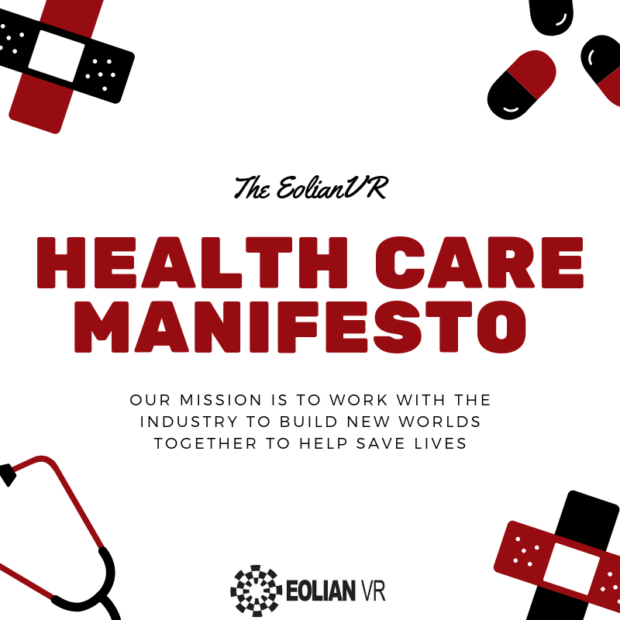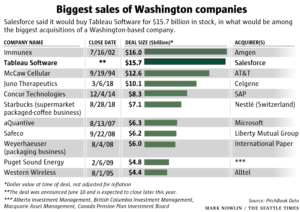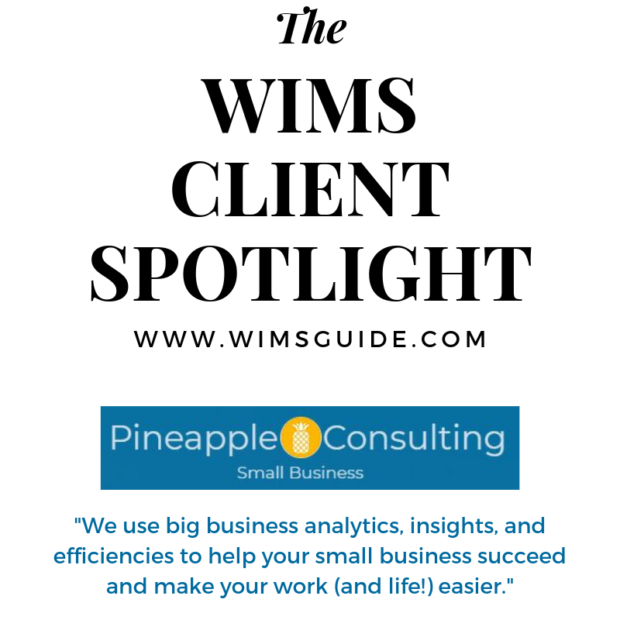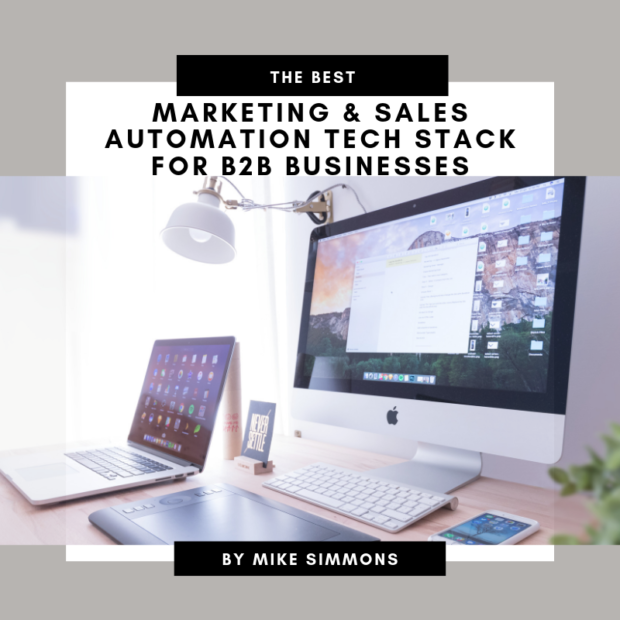We at EolianVR know that the health care industry is fascinatingly complex, multifaceted, and one of the most vital pillars that holds society together. The implications of its direction, evolution, improvement, are paramount to us all.
Regardless of how quickly firms, researchers, scientists, and front-line providers can innovate, the inevitable counter-punch strikes as new diseases emerge, political and administrative bureaucracy bogs down progress, or the sheer volume of humanity’s growth tips the scales in the other direction. Nevertheless, we must persist and never relent in this noble pursuit of progress.
Absolute magic is performed every single day, in countless ways, across the entire globe as professionals in the space manifest modern miracles on demand to save lives and treat their patients. However, the magnitude of how far we’ve come is often diminished and unappreciated as there simultaneously is still so far yet to go.
Just because the road ahead is difficult, and at times downright overwhelming, doesn’t mean that we should simply accept the status quo and settle for the way things are. On the contrary, the hard problems are the ones truly worth solving.
These ideals and sense of duty are what inspired our team at EolianVR to make the commitment to the health care industry. We want to do anything and everything we can to help contribute, even if just in a small way, to our firm’s primary mission: to help save lives.
We pursue this mission by leveraging technology to build customized software platforms for our clients in the health care industry. Specifically, we build these new worlds primarily using augmented reality/virtual reality, artificial intelligence, and machine learning. Then, we maximize the value and exposure of these platforms by ensuring that they interface with the more prevalent and widely available technology of today, such as mobile/tablet devices and personal computers.
We are currently working with some of the most world-renowned and innovative health care organizations on the planet on a variety of use cases ranging from patient treatment, clinical research, training and education, surgical demonstrations, to even creating a virtual walk through of a children’s hospital to make it less intimidating for future patients before they arrive.
Not only do we have a vast amount of experience in the health care industry, but our patent pending platform is being built for several other high level industries as well (more to come!). Again, our mission of saving lives was the motivation and inspiration that lead to its creation and we’re only just beginning to perceive the widespread implications of its potential
Due to the fact that the sky is the limit with respect to what we can assist organizations with, we typically try to start by identifying one or two of the primary objectives that exist and use those as an initial pilot project. We work with the appropriate stakeholders to determine the most appropriate problems that need solved and build a project plan around the desired outcome. We lay out key goals and metrics, establish the appropriate budget and deadlines, and collaborate to track progress along the way. Each engagement is customized in this way and ensures that at the end our clients are pleased with the result.
As a firm we make sure to stay on top of the latest technological innovations in our space and remain device agnostic in our development so that we can always make sure our platforms and software work on the best hardware that the industry gets to market. This agile and dynamic approach allows our clients to remain confident that the solutions they invest in will always maintain value and effective regardless of what comes out next.
It’s truly our honor to do our part in helping the health care industry continue to innovate. We would love the opportunity to partner with your organization and build new worlds together to help save lives. Just reach out to [email protected]!







